The Demolition of the Wiltshire Building
Listen to this storyI had been watching the demolition of heritage around Christchurch… I was particularly dismayed when they began on an entire block on High Street which at that time was lined on both sides with heritage buildings… it seemed a terrible sacrifice to knock a hole in that. Mason
Dr. Cliff Mason
Embodied Energy
An existing building conserves embodied energy and human capital. Inevitably any new building places high demands on the environment and it has been estimated that the building and construction sector globally accounts for 40% of energy use; 40% of greenhouse gas emissions; 16% of fresh water withdrawals; and 25% of wood harvest (Sustainable Buildings Day: Summary Report, 2005). The concept of “embodied energy” has been around since the 1970’s when a case study analysis was commissioned by the National Trust and the Advisory Council on Historic Preservation. Embodied energy is defined as the amount of energy associated with extracting, processing, manufacturing, transporting and assembling building materials but does not include use or disposal. The loss of embodied energy when an existing building is demolished means that any new replacement green building starts with a handicap in terms of energy usage. It may well take an entire lifetime of energy ‘savings’ produced by energy efficient design of the green building to make up for the loss of embodied energy that was contained in the original building. In addition the process of demolition also uses energy.
-
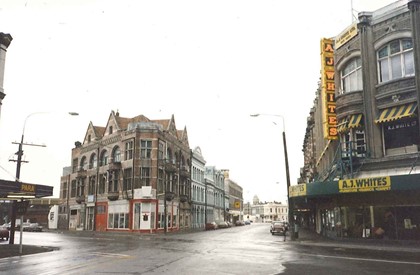
Image: Cliff Mason -
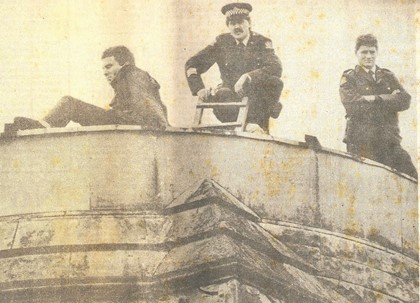
Image courtesy of Cliff Mason -
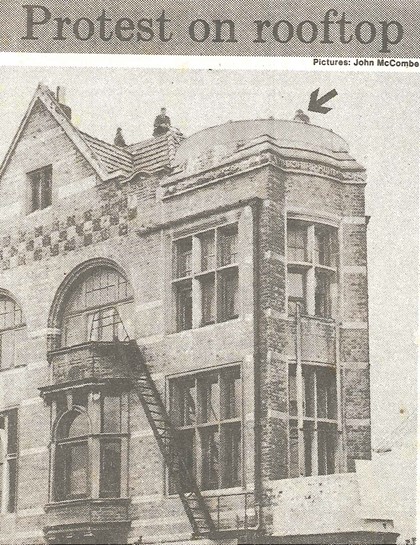
Image Courtesy Cliff Mason -
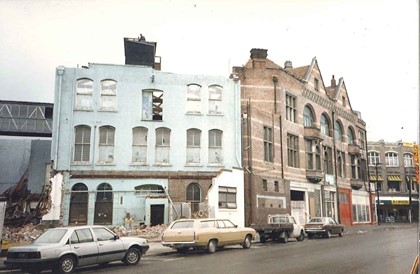
Image: Cliff Mason -
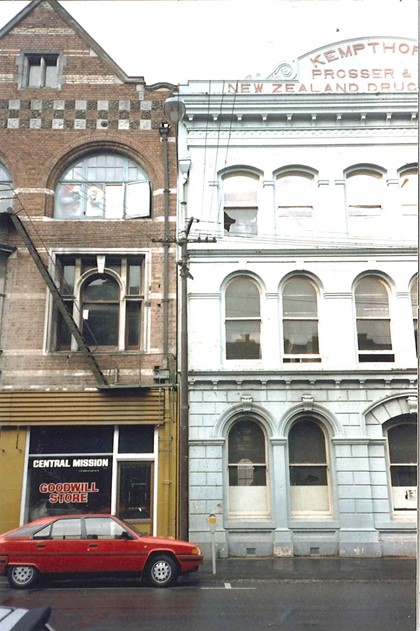
Image: Cliff Mason -
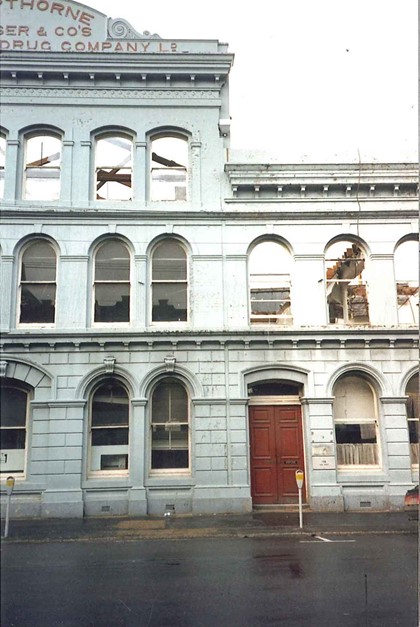
Image: Cliff Mason -
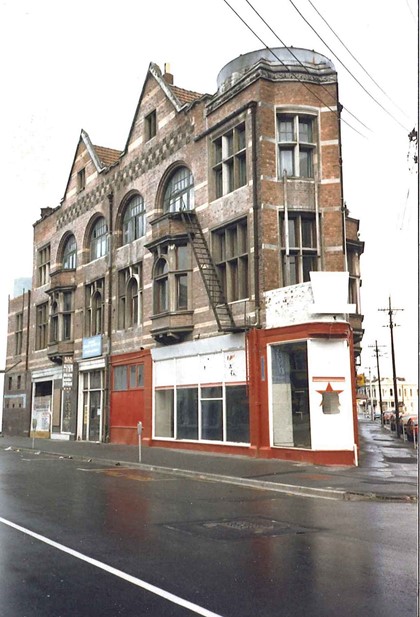
Image: Cliff Mason -
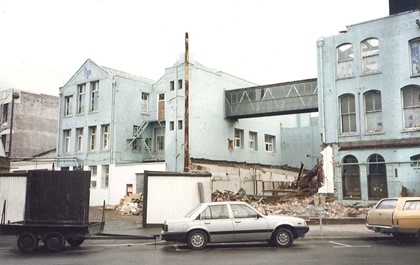
Image: Cliff Mason